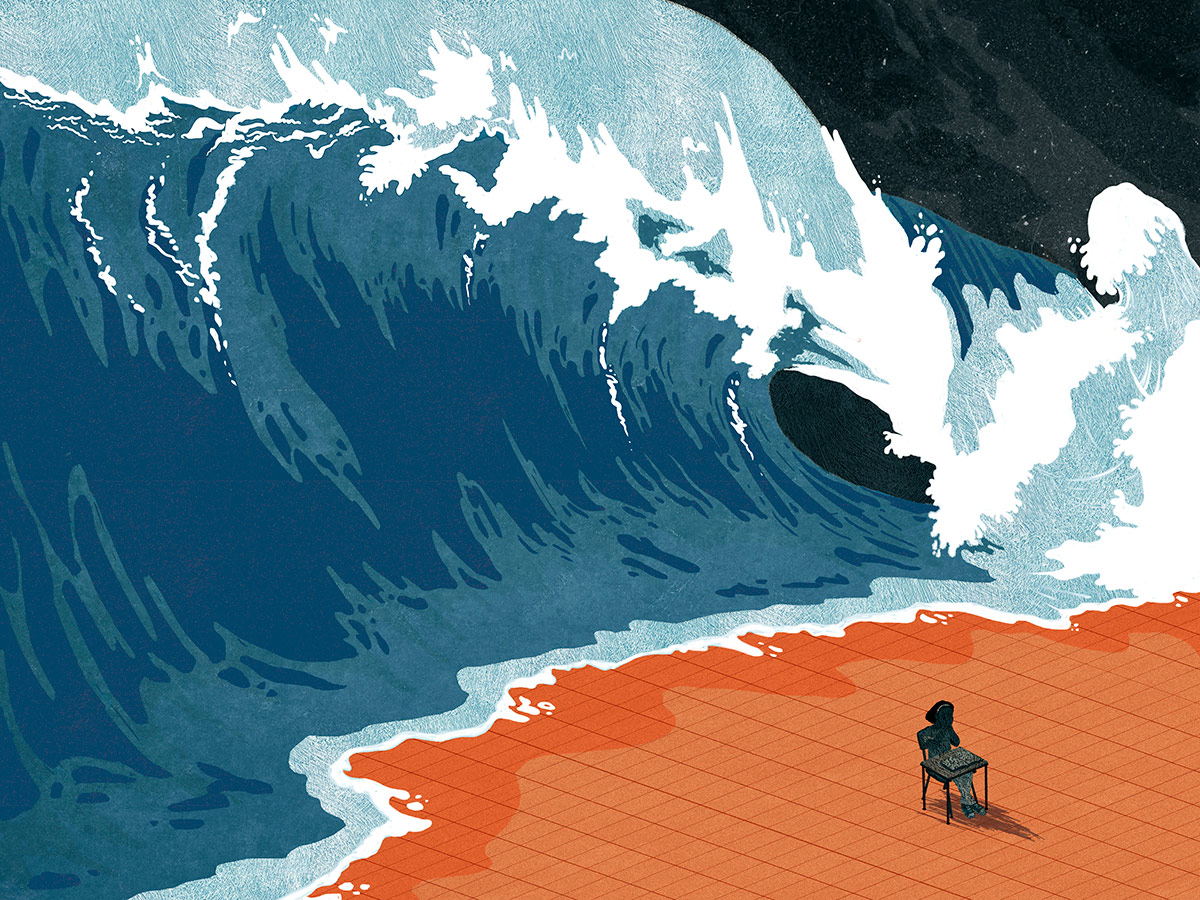
A Silent Epidemic
Our public schools are struggling
to handle millions of students
with mental health problems.
Here’s why.
Sept. 7, 2016

There are more than 50 million public school students in the U.S.
As many as 1 in 5 shows signs of a mental health disorder.

A mental health disorder is a condition that disrupts a person’s mood, thought or behavior, often for a long period of time.

When a child is struggling, it is harder to learn.
Kids who suffer from mental health disorders … inevitably miss out on opportunities for learning and building relationships.
— David Anderson, expert on schools and mental health at the Child Mind Institute
Most of the nearly 5 million affected students — nearly 80 percent — won’t receive counseling. Or therapy. Or medication. They won’t get any treatment at all.





In every school, there are people who could play a big role in identifying problems and helping these kids succeed.
But far too often, they can’t.




















In a perfect world, all these professionals would work together.
Here’s how experts say a system might look:






























That’s how it should work.
But it hardly ever does. There are too many other demands and not enough training.
And staff are sometimes dividing their attention among hundreds or thousands of students.




Mental health is all too often one of the last things that we pay attention to, even though we know how immensely important it is …
— David Anderson, expert on schools and mental health at Child Mind Institute
In schools, mental health should be everybody’s job.
Too often, it ends up being no one’s.

More In This Series
- Sometimes mental health issues are hiding in plain sight. Katie suffered for years as a student with mental health concerns before someone asked her one simple question: “What’s wrong?”
- There are a number of myths about suicide that every parent and educator should know. Every day, thousands of teens attempt suicide in the U.S. — the most extreme outcome for the millions of children in this country who struggle with mental health issues.
- School nurses are a vital link that’s often missing in the early intervention process. Students who complain of headaches and stomachaches may be showing early indicators of anxiety disorders.
Help more people see this
Help us tell more stories like this
Is this kind of reporting important to you?
We’d love to know why
Project Credits
Reporting: Meg Anderson, Kavitha Cardoza/WAMU
Lead editors: Elissa Nadworny, Steve Drummond
Illustration: LA Johnson
Design and development: Alyson Hurt, Katie Park, Lisa Charlotte Rost and Tyler Fisher
Sources:
- The American Journal of Psychiatry
- Association for Children’s Mental Health
- 2016 Children’s Mental Health Report from Child Mind Institute
- Center for Psychiatric Rehabilitation at Boston University
- Centers for Disease Control and Prevention
- National Association of School Psychologists
- National Center for Education Statistics: general statistics, high school guidance counseling
- U.S. Department of Health and Human Services
